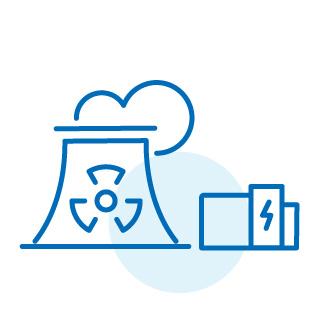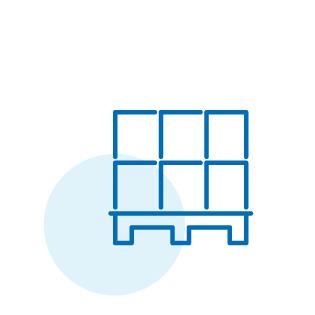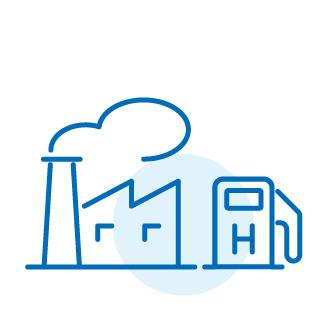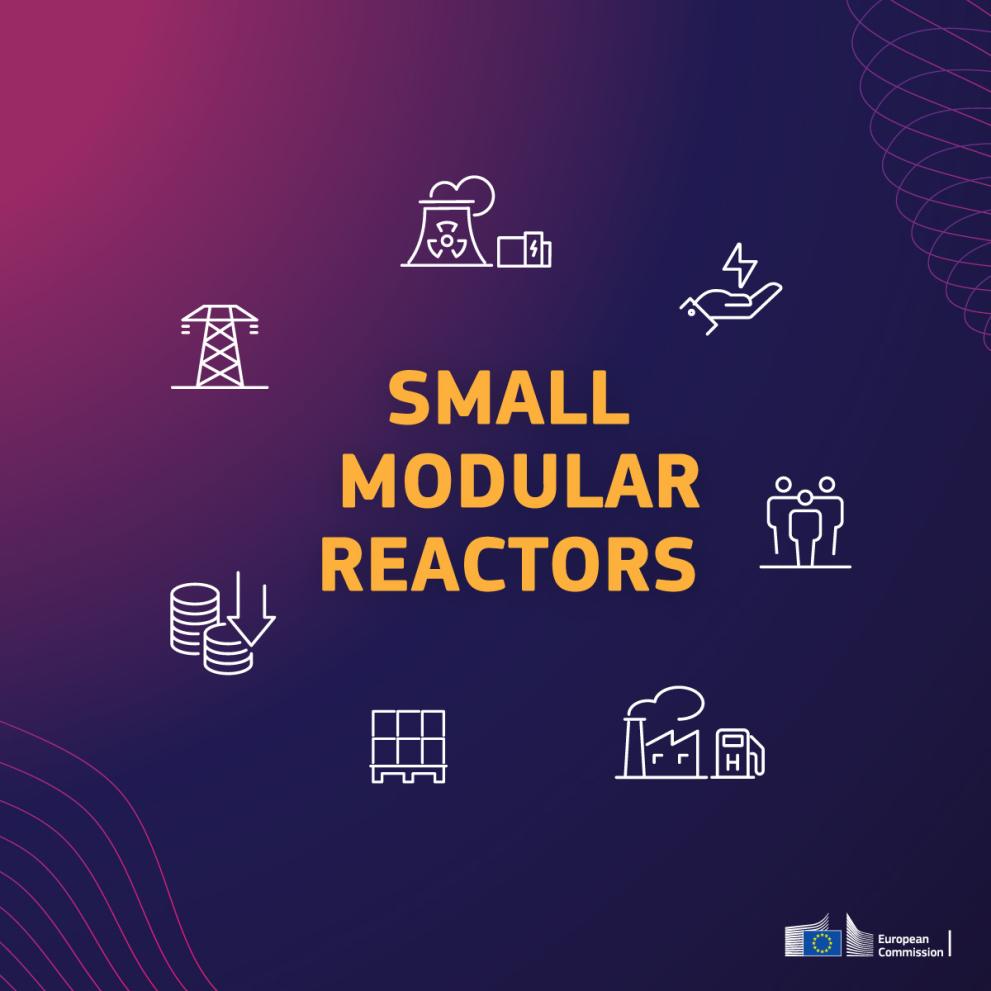While the Commission remains technology neutral, and it is up to EU countries to determine their own energy mix, there are a number of emerging low-carbon technologies, which can play a role in this ambition. Small Modular Reactors (SMRs) are one of these technologies.
What are SMRs?
SMRs are defined as small nuclear reactors with a maximum output of 300 Megawatt electric (MWe) and can produce 7.2 million kWh per day. By comparison, large-size nuclear power plants have an output of over 1,000 MWe and can produce 24 million kWh per day.
SMRs can vary in size from less than 10 megawatts electric (MWe) up to 300 MWe and can use a range of possible coolants including light water, liquid metal or molten salt, depending on the technology. SMR is the generic term to name such kinds of reactors, but the ones based on non-light water technology are also often called advanced modular reactors (AMRs). They all use nuclear fission reactions to generate heat that can be used directly or for generating electricity.
SMRs comprise the latest technological features and safety advantages and many companies, and start-ups are looking into SMR projects.
What are the advantages?
The economics and business case of SMRs are different from traditional nuclear power plants. SMRs have a range of advantages

Besides contributing to the decarbonisation of theEU energy mix, SMRs can help ensuring the stability of the electric grid in a system with a higher share of renewables and increasing electricity demand.

As they are smaller in size, power output and capacity, they need less space and less cooling water, but offer greater flexibility for site selection than large nuclear plants.

They are modular and can be produced in series, which allows for production cost efficiency through economies of scale.

As their systems and components can be factory-assembled, they can be transported as modules or even whole units to a location, reducing installation costs.

SMRs are well suited to replace fossil fuels-fired plants, allowing to retain high-skilled job opportunities in areas affected by the closures of such plants.

They are well suited to be integrated in energy hubs in combination with other sources of energy and energy vectors, like renewables and hydrogen.

They are adapted to supply electricity and additionally capable to supply heat for industrial applications, district heating, as well as for production of hydrogen.
What about safety?
SMRs are harnessing the operating experience from traditional large reactors, as well as the use of small-scale reactors in nuclear submarines and other nuclear-powered vessels, such as icebreakers.
SMRs have passive (inherent) safety systems, with a simpler design, a reactor core with lower core power and larger fractions of coolant. These altogether increase significantly the time allowed for operators to react in case of incidents or accidents.
SMRs safety principles mostly rely on simple phenomena like natural circulation for the cooling of the reactor core, even during incident or accident situations requiring very limited, or even no operators’ actions to bring the reactor to a safe state in case of need.
These passive safety systems also allow elimination of a range of components, valves, safety grade pumps, pipes and cables limiting de facto the risk of their failure.
Global action on SMRs
Globally, there are more than 80 SMR designs at different stages of development across 18 countries.
While countries such as the U.S., UK, Canada, Japan, and the South Korea are actively developing their own designs, Russia and China connected their first SMRs to the grid in 2019 and 2021, respectively.
The recent energy crisis, exacerbated by Russia’s invasion of Ukraine, demonstrated the added value of EU strategic energy independence, bolstering Europe’s ambition to be a leader in innovative energy technologies, including SMRs.
EU action on SMRs

The EU is supporting research and development activities on SMRs under the Euratom Research and Training Programme (2021-2025).
The programme is looking at nuclear safety, security, safeguards, radiation protection and radioactive waste management, and puts a strong emphasis on developing nuclear-related skills.
To ensure the successful deployment of the first SMR projects by the early 2030s, and thus position Europe well in the global competition, the Commission launched a European SMR Industrial Alliance in February 2024.
- 9 February 2024
- 6 February 2024
The Communication “Securing our future. Europe’s 2040 climate target and path to climate neutrality by 2050 building a sustainable, just and prosperous society” recognises SMRs as contributors to the 2040 climate targets, and announces the launch to come of the European Industrial Alliance on SMRs.
- 6 December 2023
The European Parliament adopts a report on SMRs, recognising the potential role of SMRs as a promising technology to promote the energy transition in Europe.
- 7 November 2023
EU Commissioner for Energy, Kadri Simson, announced the intention “to establish an SMR Industrial Alliance in the earliest possible time frame”.
- 6 November 2023
At the European Nuclear Energy Forum, Ministers from 12 EU countries and industry representatives call for more collaborative efforts initiated by the SMRs pre-partnership to speed up the development of SMRs.
- 4 April 2023
Declaration on EU SMR 2030, signed by the European Commission and nuclear stakeholders.
- 19 March 2023
The Commission's Net Zero Industry Act (NZIA) proposes to classify SMR technologies as net-zero technologies
